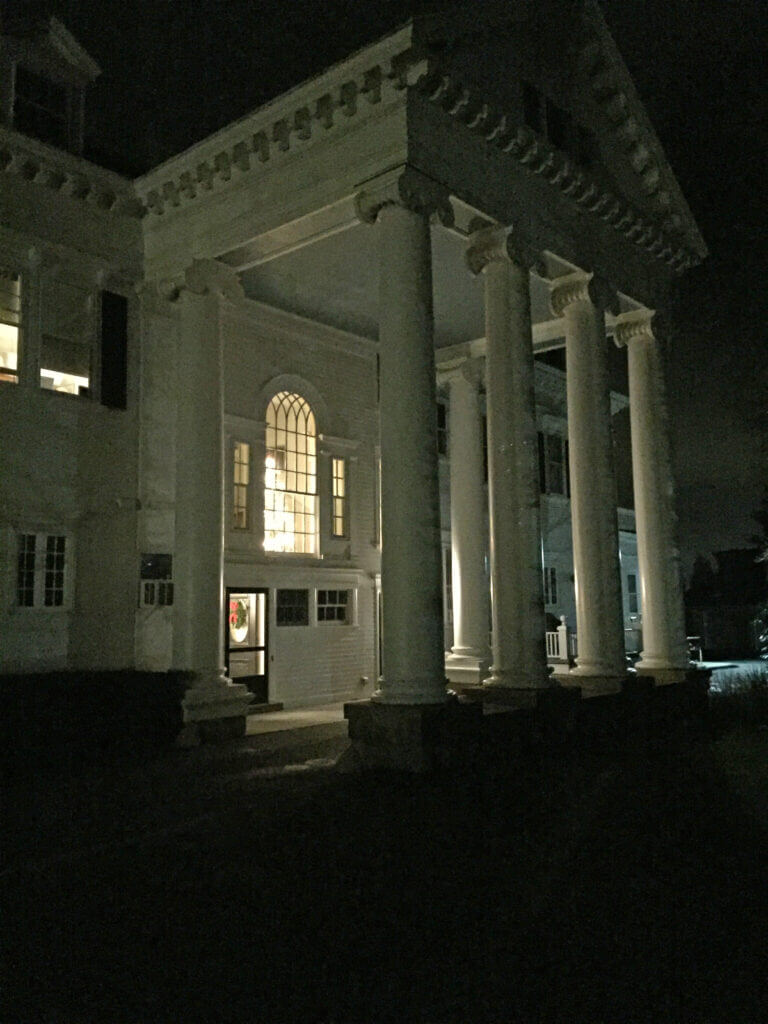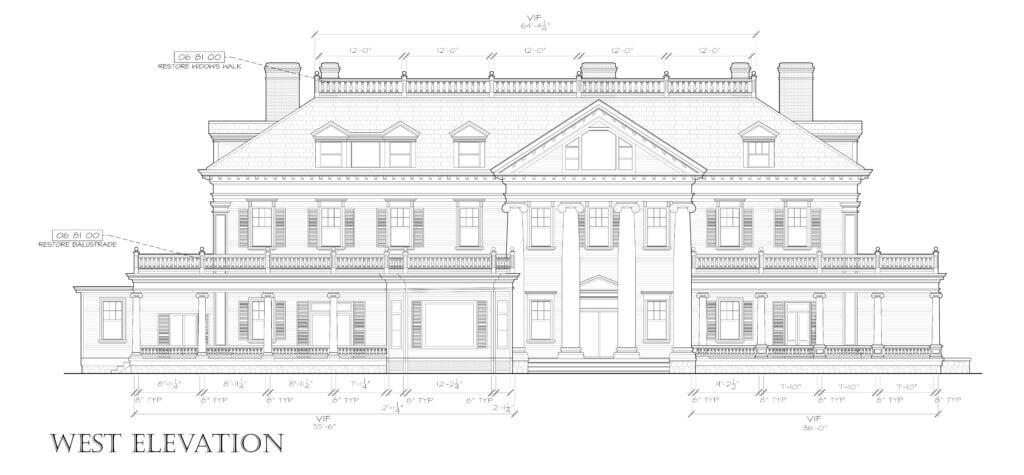
Architecture has a vocabulary and grammar. Architecture is a craft. Architecture is a profession. Architecture is an art. But at its very foundation, architecture must be based on a core philosophy upon which options must be reviewed and decisions selected. Vitruvius believed in Firmitas, Utilitas, and Venustas. Mies Van der Rohe believed in “Less is more” advocating for minimalism. Robert Venturi countered that “Less is a bore” calling for a return of decoration, but each architect must set their own guidelines and philosophy.
At its heart, architecture is about solving spatial problems with constructed solutions. The first step in any architectural design is to accurately study and uncover the program for a given project. Where is the project to be built? What are the limitations and constraints? What is the purpose of the project? What are the aesthetic and financial goals of the owner? The architect should be a good listener and sympathetic to the needs of the client.
The second important step in the design process is for the architects to assemble and understand the constraints and limitations to the project. These may include, but are not limited to, zoning, building code, schedule budget, and the universe of materials and products available to construct the project. This is where the experience of the architect and design team is important as this is a mountain of information to learn and understand and each of these features of the design are changing continually.
Then there is the artistic component to the work. We have all seen buildings that are beautiful and elegant and have suffered seeing buildings that are clumsy and ugly. We have seen buildings which fit into their environments smoothly and effortlessly and seen those that stick out in unfortunate ways. It is this area where knowledge of architectural history becomes important. Each style of architecture has a proper vocabulary and grammar just like each written language does. Knowing that language of a style fluently allows an architect to modify a building or construct a new one so that it is proportionate and properly designed to fit the selected style of is surroundings.
There are also underlying moral guidelines that helps direct the design of architecture. Buildings use 60% of all energy consumed in the world and are a major contributor to global climate change, which has the potential to harm and displace billions of people in the years to come. Both to build responsibly and to save the owners of the buildings money operating and maintaining those buildings, an architect must understand the science of heating, cooling, lighting, air circulation and a hundred other physical elements of the building so a strong background in science is highly beneficial to a professional architect.
Buildings, in order to be safe and stable over time, must be structurally sound. The determination of loads, moments of inertia, and maximum bending moments is largely mathematical. The three dimensional spatiality of buildings requires a thorough understanding of Euclidian Geometry so a strong understanding of physics and mathematics are therefore essential for the work of the architect.
The typical architect has four years of college, three years of graduate school, and three years of training in an architecture office before they are ready to sit for the Architect Registration Exams. With all the different areas of knowledge that an architect must master, it is not surprising that there are currently seven different examinations that a person must pass before he or she can become a fully licensed architect. As the pass rate on each test is barely over 60% it can take a candidate many years to pass all seven required exams.
It is a time and knowledge intensive journey to become a processional, licensed architect but the pleasures of solving challenging real world problems by creating houses and buildings that people come to love is highly rewarding for those with the energy, desire, and fortitude to become master of the craft. This brings us back to the question posed at the beginning of this article: what should be the Philosophy of Architecture? Although Vitruvius wrote his thesis more than two thousand years ago, his words are still pertinent today. Architecture should be Strong, Functional, and Beautiful.
Looking to remodel your home? Let’s connect.
Join the Architectural Forum to stay up-to-date with architectural news from Rhode Island and abroad.

Well done – great philosophy!
Hi Ross,I tried to respond earlier but my email was undeliverable. Just wanted to bring your attention to the word “decision” in your intro. Should be decisions.
I really like your Philosophy of Architecture. Surely anyone reading this would want to hire you!!